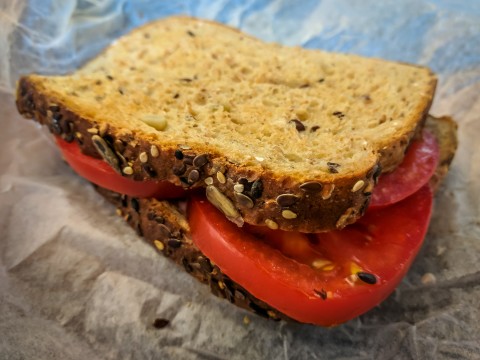
On a cool New England day, a small congregation mills around Brewer Fountain on Boston Common. The sun is out as still more congregants descend on the fountain from all corners of the park. Some carry large sacks of possessions. Some limp as they walk, moving with such labor that you wonder why they don’t just pick a park bench and rest. Most of this congregation slept on the street last night. Most carry their possessions on their backs or in a pilfered cart. Most also would never set foot in a church on Sunday morning, let alone approach the communion table. Yet here in a corner of the country’s oldest park—the park where Mary Dyer was hanged, where British troops camped during the American Revolution, and where Martin Luther King preached—a small fraction of Boston’s homeless population gathers for worship.
At 12:30 p.m., the congregation eats food provided by local churches. By 1:00, the service begins, and the congregation joins in song, prayer, and rest. The minister provides a short homily and then passes the pulpit, so to speak, for the congregation to respond. Then back to the singing. Most days, the communion table is also a dolly used to wheel supplies. Every week the congregation is fed—physically, spiritually, and emotionally. After the usual post-service chatting, the chairs are packed away and the wax paper that held the afternoon’s communion sandwiches is placed in a nearby trash can. The service ends as the congregation, now sated, shuffles off toward the four corners of the park.
❖ In a rickety old pulpit, in a small church in New Jersey, a pastor weary with age and work takes a deep breath before she begins her final sermon. Years earlier, in seminary, she’d once preached with an uncontrollable fire. Among her peers she’d said what she never could say in her church. She’d sat down from that early sermon feeling unburdened and unbought. The fire ignited in her that day was nearly snuffed out when she preached her candidating sermon at this small hillside church. She did not know these people; she had two small children at home, and her student loans were defaulting. On that first day in the pulpit, she was pleasant, innocuous, and not the least bit dangerous.





